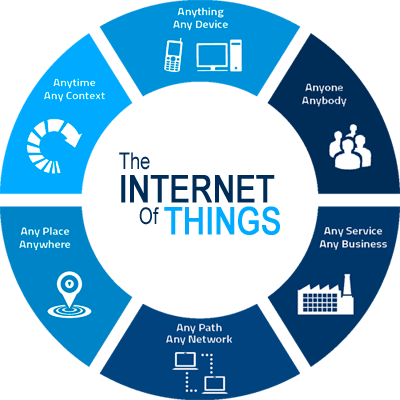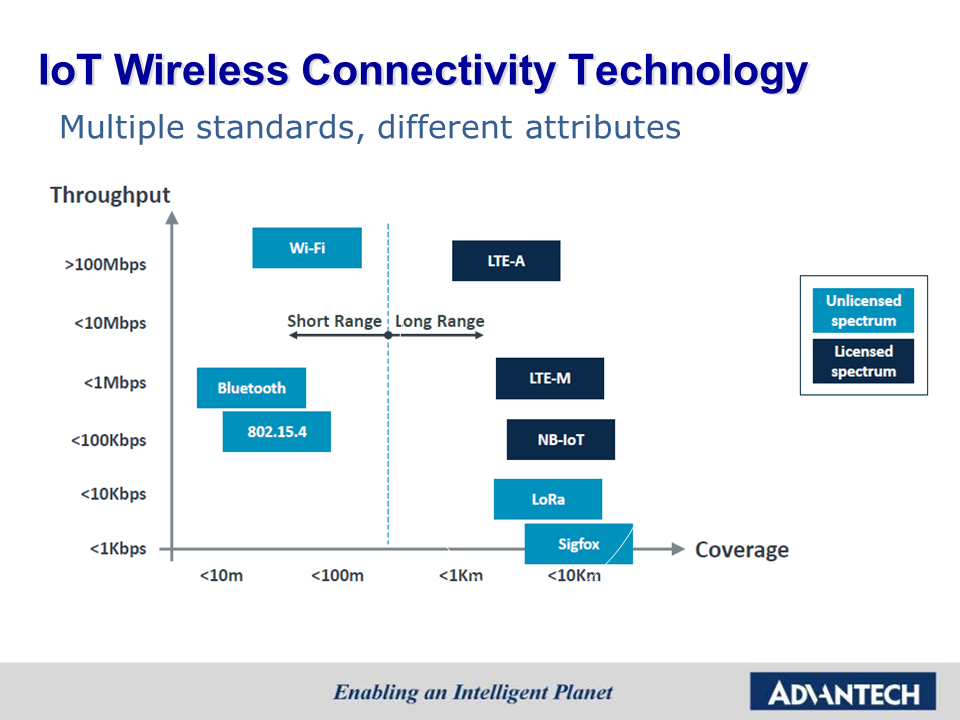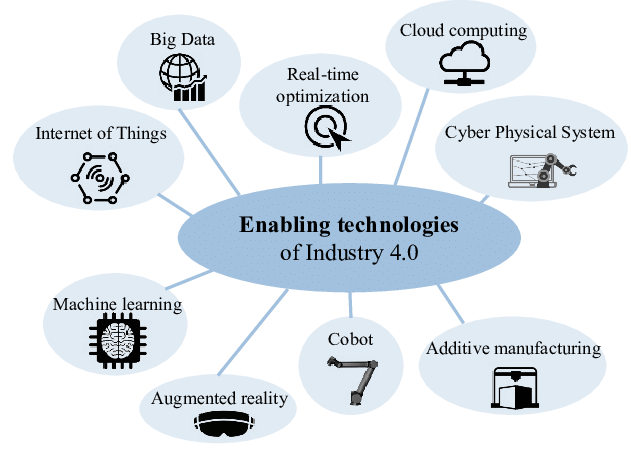What is IoT ?
- Swaraaj

- Jul 7, 2020
- 5 min read

According to BRBRAITT, IoT (Internet of Things) is the "Network connected to Things". The backbone of IoT is Digitalization. There were several Digitalization programs around the world:
Digital India Program
Smart Nation (Singapore)
Digital Agenda for Europe
Smart Cities (China)
Dubai Smart City
Thailand Digital Economy
Innovation, Skill and Capacity Building, all lead to Digital Inclusion.
What is the difference between Digitization and Digitalization?
Digitization is the conversion of analog to digital, whereas digitalization is the use of digital technologies and digitized data to impact how work gets done, transform how customers and companies engage and interact and create new (digital) revenue streams.
What are the goals of IoT ?
The Sustainable Development Goals of IoT at the Global Level are:
No Poverty
Zero Hunger
Good Health and Well Being
Quality Education
Gender Equality
Clean Water and Sanitation
Affordable and Clean Energy
Decent Work and Economic Growth
Industry, Innovation and Infrastructure
Reduced Inequalities
Sustainable Cities and Communities
Responsible Consumption and Production
Climate Action
Life Below Water
Life on Land
Peace and Justice Strong Institutions
Partnerships for the Goals
IoT requires 4 layers to be integrated:
Application Layer
Data and Support Layer
Network Layer
Sensing Layer
Digital Transformation Process
Framework -> Strategy -> Roadmap -> Implementation -> Pivot-> Analysis
Here, Strategy involves that on what particular type of sensors, we should develop our technology.
Why the Internet data is saturating ?
This is so because now the people are constant. Apart from human beings, now the devices would also communicate.
IoT is interconnecting physical and virtual things. Things which are based on existing and evolving interoperable information.
Is IoT a new technology ?
IoT is not a new technology. It is an amalgamation of existing technologies to create newer technologies.
Now, we have Facebook, Instagram, Whatsapp, Hotstar etc. all on the same Android platform.
Earlier there were sensors, now they are connected over the global network. So, now they have become Application Sensors.
All these things pre- existed.
IoT is an ecosystem of existing technologies:
Data Mining
Advanced Communications and Networking
Cloud Computing
Security and Privacy
Advanced sensing and actuation
IoT : a new dimension
The "Any TIME, Any PLACE, Any THING" was unavailable earlier. But IoT has made it possible.
Any TIME communication: On the move, daytime, night time.
Any PLACE communication: Outdoor, indoor (away from the computer), at the computer
Any THING communication:
The new things which IoT has brought are:
Between computers
Human to Human (not using a computer)
Human to Things (using generic equipment)
Thing to Thing
What a new dimension has IoT created for us ?
Earlier, the scenario was:
PC 1 and PC2 . There were two persons using these PCs. These both the PCs were connected over the network.
Now, the scenario is like:
In addition to all the above mentioned conditions, we also have,
PC1 - been connected to an AC and a Car.
So, this is an addition to the existing technology.
IoT Enabling Technologies:

Technical Overview:
In an IoT network,
There are physical devices like AC Car, Home Automation System (HAM), sensors of various types, which earlier had no control over internet.
AC was available in INTRANET (network of homes).
To connect this AC on internet, it will require a device. Inside a database, the control of AC is defined. So, virtually, your AC is available on this Internet.
There is a Physical world and an Information world.
Physical things are connected with sensing devices.
There are data carrying devices, data capturing devices and general devices.
The fundamental characteristics of an IoT system are:
Interconnectivity
Things related services
Heterogeneity
Dynamic Changes
Enormous Scale
With regard to IoT, anything can be interconnected with the global information and communication infrastructure.
The IoT is capable of providing Things Related Services within the constraints of things such as privacy protection and semantic consistency between physical things and their associated virtual things. In order to provide thing - related services within the constraints of things, both the technologies in physical world and information world will change.
IoT is capable of providing Heterogeneity. The devices in IoT are heterogeneous as based on different hardware platforms and networks. They can interact with other devices or service platforms through different networks,
The state of devices change dynamically eg, sleeping or waking up, connected or disconnected as well as the context of devices including location and speed. Moreover, the number of devices can change dynamically.
The number of devices that need to be managed and that communicate with each other will at least be an order of magnitude larger than the devices connected to the current Internet. The ratio of communication triggered by devices as compared to communication triggered by humans will noticeably shift towards device - triggered communication. Even more critical will be the management of data generated and their interpretation for application purposes. This relates to semantics of data, as well as efficient data handling.
The requirements of IoT are:
Network
Sensors
Data Analysis
Data Mining
High Level Requirements of IoT:
Inter - operability
Manageability
Identification
Autonomic Networking
Plug and Play
Location -based capabilities
Security
High quality and security human body services
Privacy
Service provisioning
In the Home Automation Systems, the devices are controlled by their WiFi modems.
In IoT Projects, they need to have a GSM Module. If you connect your AC to the Internet, then it is an application of IoT.
The HAS are connected over INTRANET, whereas the IoT systems are connected over global network of Internet.
Smart Attendance System:
Using face recognition algorithm
Earlier, the Biometric system was being used but many people cloned the fingerprints but now the people can not clone the face. This system was developed to avoid proxy attendance.
Principle:
A real time image of a person is captured and it is compared with the image which is in the database. The facial characters are compared for both the images.
Face Detection
Face detection needs a face detection algorithm which helps us to extract the facial characters. Various face recognition algorithms are developed for face detection such as Face geometry based methods, Feature Invariant methods, Machine learning based methods. Viola Jones proposed a framework which provides a high detection rate. His detection algorithm is an efficient real time algorithm for many applications. It gives better results in different lighting conditions and we combine a multiple Haar classifiers to achieve a better detection.
Database Development
For the verification process first a database has to be created. The student’s details are first entered in the database and the face is trained and the database is saved. Database takes the Student details and finally it captures the image of the student.
Some of the other applications of IoT are:
Smart Lighting System
Smart Office
Smart Toilets
Smart Parking
Smart Classrooms etc.
Industry 4.0
In essence, "Industry 4.0" is the trend towards automation and data exchange in manufacturing technologies and processes which include :
CPS : Cyber Physical Systems
IoT: Internet of Things
IIOT: The Industrial Internet of Things
AI and CC: Artificial Intelligence and Cognitive Computing

Reference:












Comments